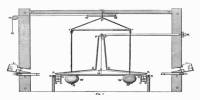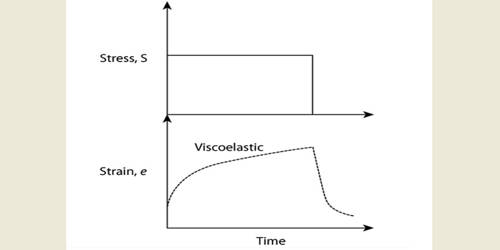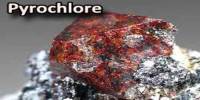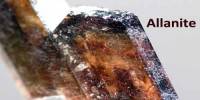Scientists from the BASE collaboration, led by RIKEN researchers, have devised a novel cooling approach that will make it easier to quantify the magnetic moment, a feature of protons and antiprotons. This is one of the qualities being studied in order to figure out why our universe has so much matter yet so little antimatter.
The magnetic moment is a quantity that may be expressed as a vector. The items have a tendency to align themselves such that the magnetic moment vector aligns with the magnetic field lines. The magnetic moment of a magnet is measured from the south pole to the north pole. A magnet’s magnetic field is precisely proportional to its magnetic moment.
According to the standard model, our universe should have equal proportions of matter and antimatter, but it does not. To figure out why experts all across the globe are looking for minute changes between the two that might help them solve the puzzle. One possible path is to see if there are changes in the magnetic moments of the proton and antiproton, which is being investigated by the BASE experiment at CERN.
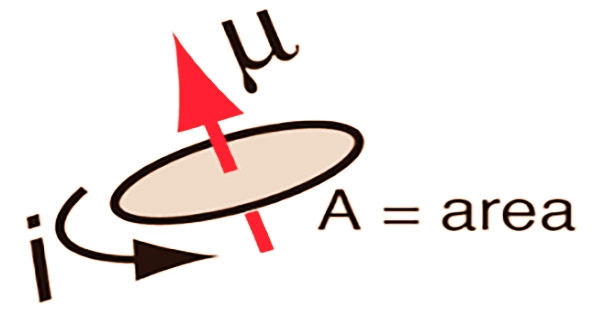
The BASE team previously improved the precision of proton and antiproton magnetic moment measurements by a factor of thirty and more than three orders of magnitude, respectively, using a sophisticated device called a Penning trap capable of capturing and detecting a single particle, leading to a test of matter/antimatter symmetry at the level of 1.5 parts in a billion, finding essentially that the magnets in the proton and antiproton are similar to nine significant figures!
One of the numerous challenges in doing such studies is that the particles must be held at temperatures near to absolute zero, -273.15°C, in order to accurately quantify the magnetic moments. The frigid temperatures were created in prior trials using a process known as “selected resistive cooling,” which is time-consuming and, according to the researchers, “equivalent to throwing a dice with 100 faces and hoping to roll a 1.”
The BASE collaboration claimed the first-ever demonstration of “sympathetic cooling” of a single proton by linking the particle to a cloud of laser-cooled 9Be+ ions in the present experiment, which was published in Nature. Sympathetic cooling entails cooling one type of particle with lasers or other devices, then using those particles to transfer the heat of the particle they want to chill.
The team used this technology to chill a resonant mode of a macroscopic superconducting tuned circuit using laser-cooled ions while also sympathetically cooling a single trapped proton to temperatures near absolute zero.
The approach described in the new work is a critical first step toward a significant decrease in the number of faces on the dice-manifold, with the goal of decreasing the surface to just one.
The latest findings add to the mystery by revealing that antiprotons have the same value as protons for a feature known as the magnetic moment at a degree of accuracy 350 times greater than the previous record. When particles are subjected to a magnetic field, this basic characteristic defines how they orient themselves.
BASE (Baryon Antibaryon Symmetry Experiment) had to electromagnetically confine antiprotons in airless, virtually pure vacuum chambers to prevent harmful collisions with the matter in order to make this measurement. The experiment used a unique method of measuring two antiprotons at the same time and combining their individually observable features to obtain an extraordinarily exact readout of their magnetic moment.
“We are reporting an important first step, and the further development of this method will ultimately lead to an ideal spin-flip experiment, in which a single low-temperature proton will be prepared within just a few seconds. This will allow us to determine the particle’s spin state in just one measurement that takes about a minute,” says Christian Smorra, one of the scientists leading the study.
“This is considerably faster than our previous magnetic moment measurements, and will improve both sampling statistics and the resolution of our systematic studies,” adds Matthew Bohman, a Ph.D. student at the Max Planck Institute for Nuclear Physics, Heidelberg and the first author of the study.
“In addition, the reported achievement has applications not only in proton/antiproton magnetic moment measurements. It adds general new technology to the tool-box of precision Penning-trap physics, and also has potential applications in other nuclear magnetic moment measurements, ultra-precise comparisons of charge-to-mass ratios in Penning traps, or even in enhancing the production of antihydrogen,” adds Stefan Ulmer, spokesperson of the BASE collaboration and chief scientist at RIKEN Fundamental Symmetries Laboratory.
The BASE collaboration runs three experiments: one at CERN’s antimatter factory, another at the University of Hannover, and a third at the University of Mainz, where the novel approach was tested. RIKEN, the German Max Planck Society, the Universities of Mainz, Hannover, and Tokyo, the German metrology institution PTB, CERN, and GSI Darmstadt collaborated on the project. The Max Planck, RIKEN, PTB center for a time, constants, and basic symmetries funded the research.

